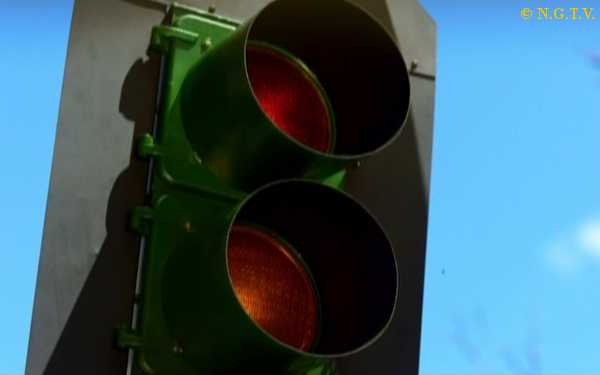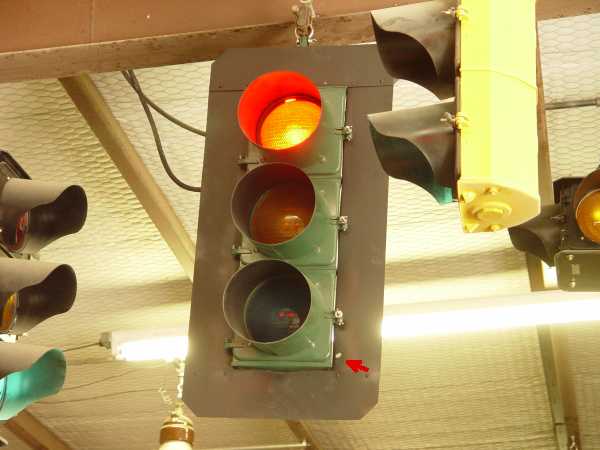Willis Lamm's
|
|
JFK: The Lost Bullet Part Three: Reproducing the Kennedy Signal |
Identifying the signal at Elm and N. Houston Streets.
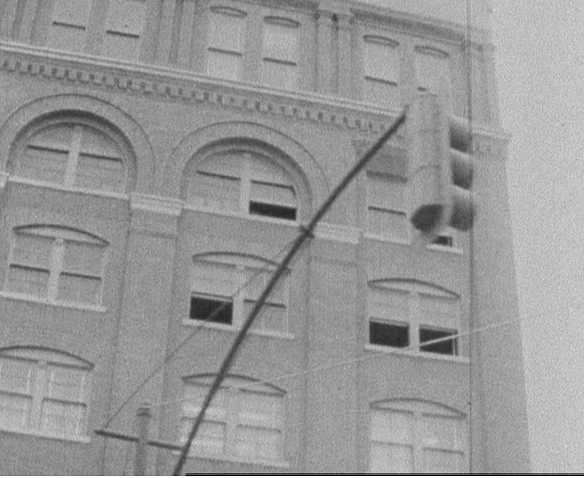
The investigators needed a signal to analyze to help confirm their theory. I agreed to loan them the rodded flat back from my collection. The investigators also needed a back plate since the hole in the FBI photo was in the back plate next to the signal body. Finding an original back plate was more problematic. However with help from some local signal techs, I was able to acquire an appropriate back plate for the project that had been discarded.
Back plates were a new concept in the 1950s and rodded flat back signals were not designed for back plates. However in the glare of western skies, back plates provided a distinct safety benefit, so it was not uncommon to modify and retrofit plates onto older signals. Mounting a back plate on the signal in the collection was a bit tricky since the back plate had to be in exactly the same position as the Dealey Plaza signal. Furthermore we had to make sure that any ordinary specs of light showing up between the signal body and back plate (due to the adaptation of the plate) would not account for the apparent hole in the FBI reenactment movie frame.
Primitive but effective backlighting tests in the shop
prior to sending the signal off to investigators.
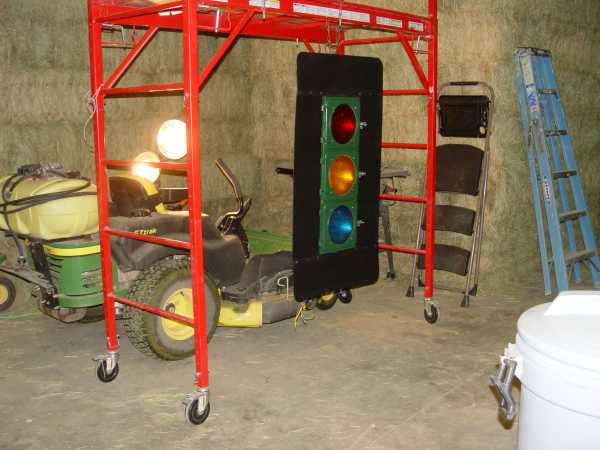
The replica needed to appear and "function" just the same as
the original signal that was located under Oswald's nest.
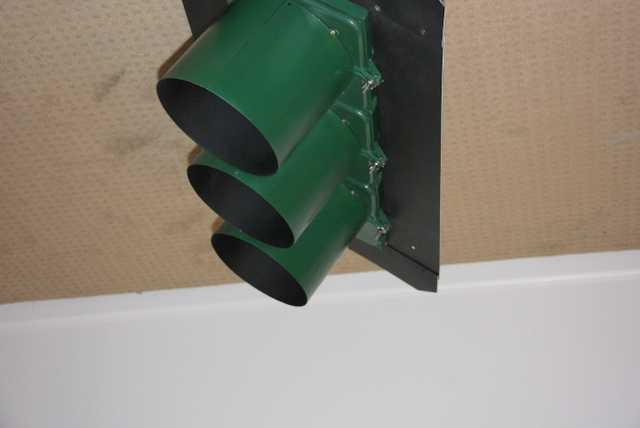
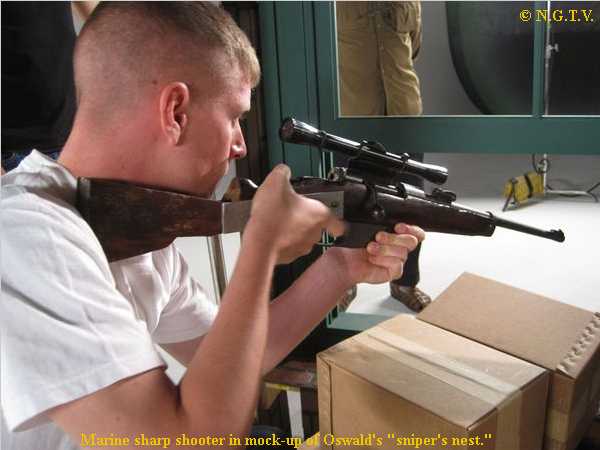
Recreating the shot proved terribly difficult. There was no way to precisely locate the point of impact from blurry photos and there were some varying shapes in the aluminum body near the hole in the old photograph where the bottom plate attached to the bottom of the signal body. There weren't unlimited Eagle rodded flat back signals to shoot at and fractions of an inch differences in the strike point proved to create a huge difference in ricochet trajectory.
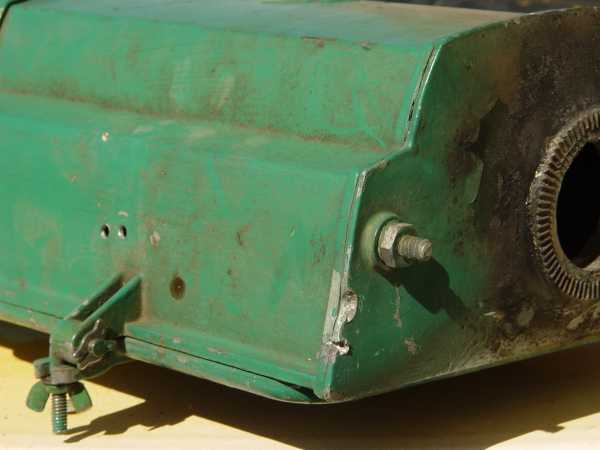
|
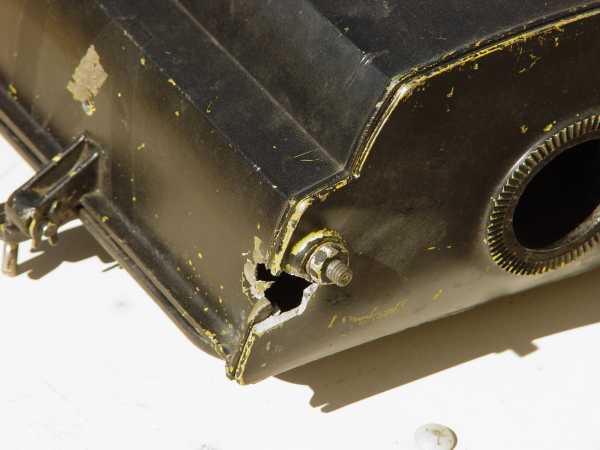
|
|
While the ballistic experiments could not precisely reproduce Oswald's first shot, the collective evidence speaks pretty loudly and clearly. There were three shots fired. Oswald fired all three. Oswald's first shot struck something, the only probable object being the traffic signal. The ricochet from this shot created the effect that a shot appeared to have come from the grassy knoll, prompting the subsequent belief in a second gunman.
While it is certainly within reason that some kind of conspiracy prompted Lee Harvey Oswald to shoot John F. Kennedy in Dallas, the "enhanced" evidence supports the original conclusions that there was only one shooter that day. Given Oswald's marksmanship and his effective weapon, that was all that was needed to accomplish his grizzly objective. |
